The ninth president of the Islamic Republic of Iran will face many domestic and foreign challenges.
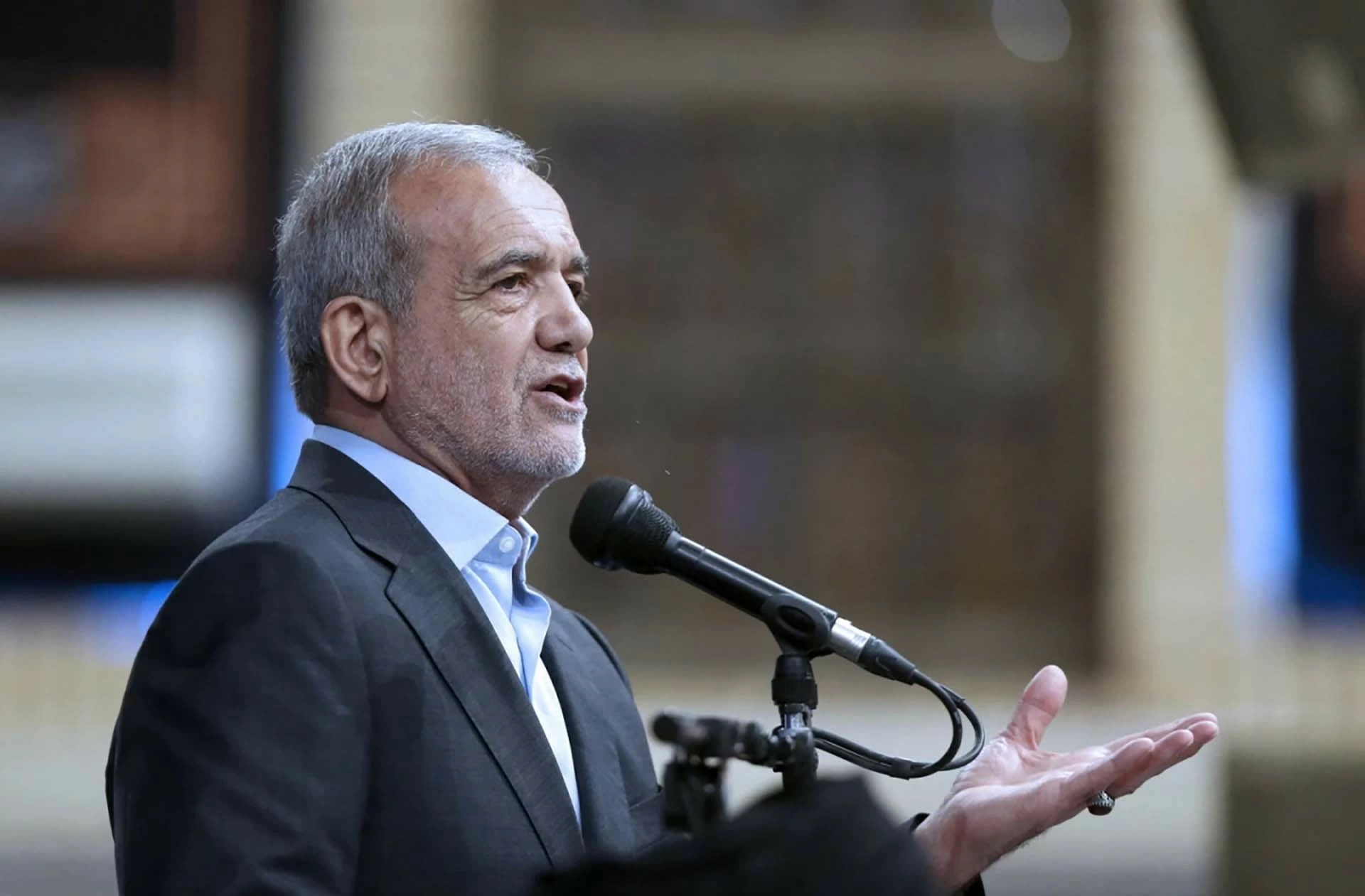 |
| New Iranian President Masoud Pezeshkian. (Source: AP) |
On July 30 in Tehran, taking the oath of office before the National Assembly, Mr. Masoud Pezeshkian, 69 years old, officially became the ninth President of the Islamic Republic of Iran, thereby succeeding Mr. Ebrahim Raisi, who died in a plane crash in May. However, awaiting him are a series of difficult domestic and foreign challenges.
Challenging mission
The first challenge facing new President Masoud Pezeshkian is to form a new government and win a confidence vote. The 69-year-old politician will have two weeks to form a government, before facing his first confidence vote.
The leader has now appointed Mohammad Reza Aref, 72, as his deputy. Aref is a moderate reformist who served in the same position under former President Mohammad Khatami, when Pezeshkian was health minister. In the coming days, the new Iranian president is expected to make key appointments, with more moderate reformists appearing.
But even as he criticizes the hardliners for failing to restore the 2015 Joint Comprehensive Plan of Action (JCPOA) or selling oil at low prices to avoid sanctions, they remain the core force, headed by Supreme Leader Ali Khamenei. As such, the leader is likely to add some more hardliners to his cabinet. Pezeshkian’s efforts to consolidate his position help restore balance and unity among the political forces. In addition to mentioning the departure of his predecessor, he praised Major General Qassem Soleimani, the iconic figure of the Islamic Revolutionary Guard Corps (IRGC), who was assassinated by the US military in January 2020 in Baghdad, Iraq.
The second problem he needs to solve soon is to restore the economy and find new growth drivers. Data from Iran's Statistical Center shows that despite increased public spending and increased revenue from oil sales, GDP growth has slowed, falling from 7.9% (Q2/2023) to 5.1% (Q4/2023). From March 2023 to March 2024, GDP growth was only 4% and is expected to fall to 3% in the 2024-2025 fiscal year. Inflation is at 43.6%, and investments in Iran have fallen sharply and account for only 11% of GDP.
On the positive side, Iran's unemployment rate is expected to fall from 9% (2022-2023 fiscal year) to 8.2% (2023-2024). At the same time, statistics from the Central Bank of Iran show that the service sector accounts for an increasingly large proportion (58%) of the economic structure, creating stable jobs. If maintained and properly stimulated, this could be a new growth driver for Iran, thereby reducing its dependence on oil sales.
Turning point in Tehran?
Oil exports remain a key source of income for now. However, to fully exploit the potential of this sector, resuming the JCPOA or seeking a similar agreement on lifting sanctions is necessary. Speaking on July 30, the new Iranian president affirmed: “I will not stop until the unjust sanctions are lifted. We want to normalize economic relations with the world.” Iran’s ambassador to the United Nations, Amir Saeid Iravani, stressed that resuming the JCPOA is “the best option” and that the government is ready to adjust the nuclear program if the sanctions are “fully and verifiably lifted.” This is a significant change for the Pezeshkian administration compared to its predecessor, Raisi.
However, Mr. Pezeshkian affirmed that resuming the JCPOA or seeking a similar agreement does not mean that Iran is giving in to the US. In an article in the Mehr Times (Iran) on July 12, this politician emphasized: "The US needs to look at reality to understand that, before and after, Iran has not and will not succumb to pressure." Affirming that the US withdrawal from the JCPOA and its hostile attitude towards Iran are the main causes leading to the current state of relations between the two countries, Mr. Pezeshkian called on the US to "learn from past miscalculations and make reasonable policy adjustments."
His views on the remaining JCPOA signatories are more moderate. The politician acknowledged that Iran-Europe relations have “witnessed many ups and downs,” with France, Germany and the UK trying to save the deal but failing to deliver on their commitments. However, he hoped for “constructive dialogue” to get relations back on track; this statement and the presence of European Special Envoy for Iran Nuclear Negotiations Enrique Mora at Pezeshkian’s swearing-in ceremony were positive signs.
The new Iranian president wants to continue to establish a mutually beneficial “comprehensive strategic partnership” with China, based on the 25-year roadmap agreed upon by the two countries, towards a new world order. The politician highly appreciated China’s role in promoting the normalization of Iran-Saudi Arabia relations.
Regarding Russia, he affirmed that the country is still an “important strategic partner and neighbor” of Iran; the two sides pledged to expand and deepen relations. At the same time, the new government is ready to promote peace initiatives in Ukraine. The new Iranian President is expected to meet his Russian counterpart Vladimir Putin at the BRICS Summit in Kazan, Russia, next October.
On the regional front, he affirmed that Iran “wants to cooperate with Türkiye, Saudi Arabia, Oman, Iraq, Bahrain, Qatar, Kuwait, the United Arab Emirates (UAE) and the regional organization” to strengthen political ties, economic ties and address common challenges. But his stance on Israel is completely different. Using very strong language to criticize Israel and its military campaign in the Gaza Strip, he expressed strong support for the Palestinian nation and people. This is similar to the general stance of both the hardliners and the moderate reformists in Iran.
Will the new wind in Tehran help build political stability, unlock new growth engines, and maintain and enhance Iran’s position in a volatile Middle East? The answer remains to be seen.
Source: https://baoquocte.vn/tong-thong-masoud-pezeshkian-lan-gio-moi-tai-iran-280910.html



![[Photo] Looking back at the impressive moments of the Vietnamese rescue team in Myanmar](https://vstatic.vietnam.vn/vietnam/resource/IMAGE/2025/4/11/5623ca902a934e19b604c718265249d0)



![[Photo] "Beauties" participate in the parade rehearsal at Bien Hoa airport](https://vstatic.vietnam.vn/vietnam/resource/IMAGE/2025/4/11/155502af3384431e918de0e2e585d13a)
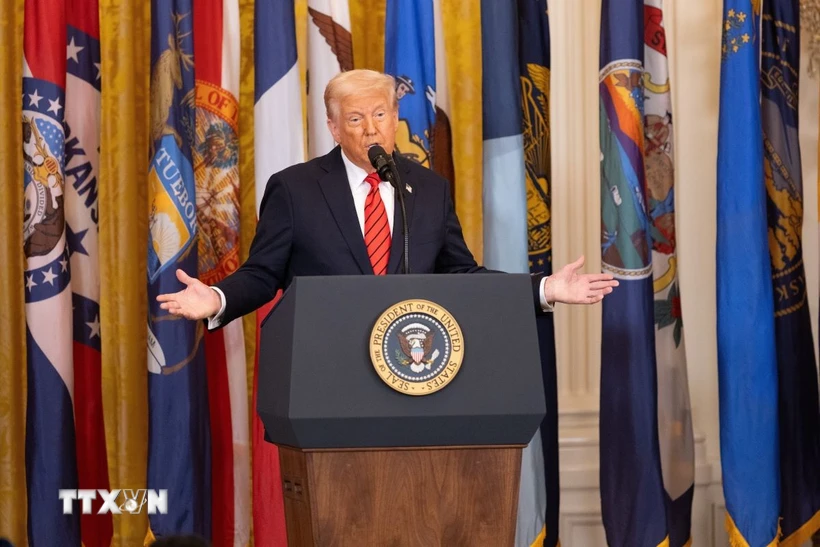

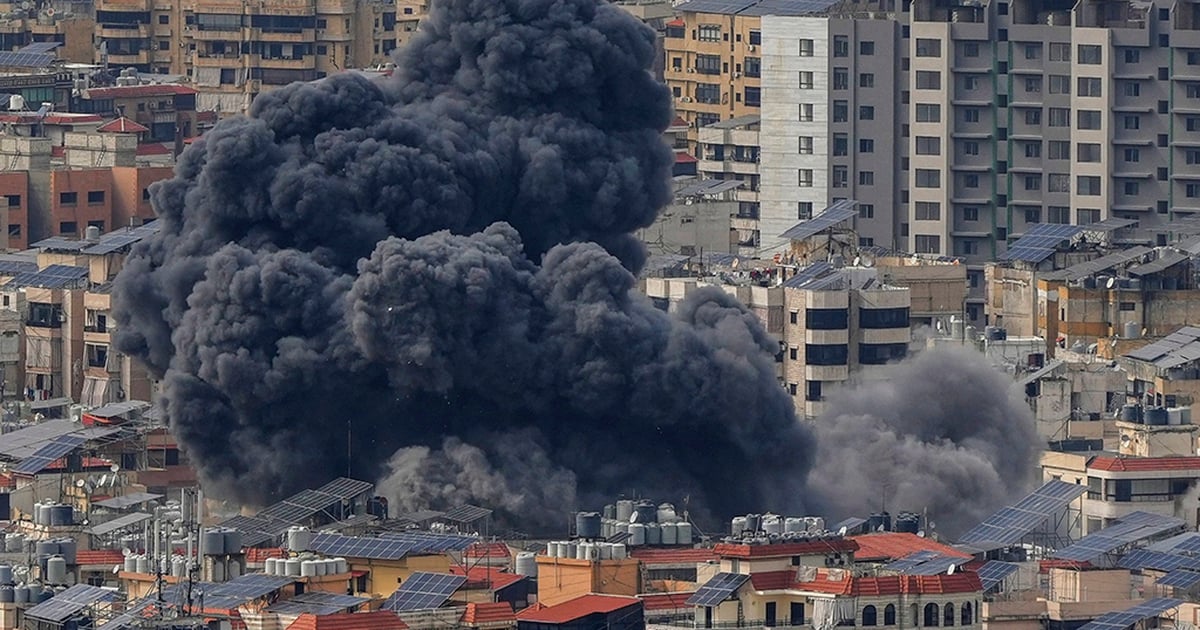

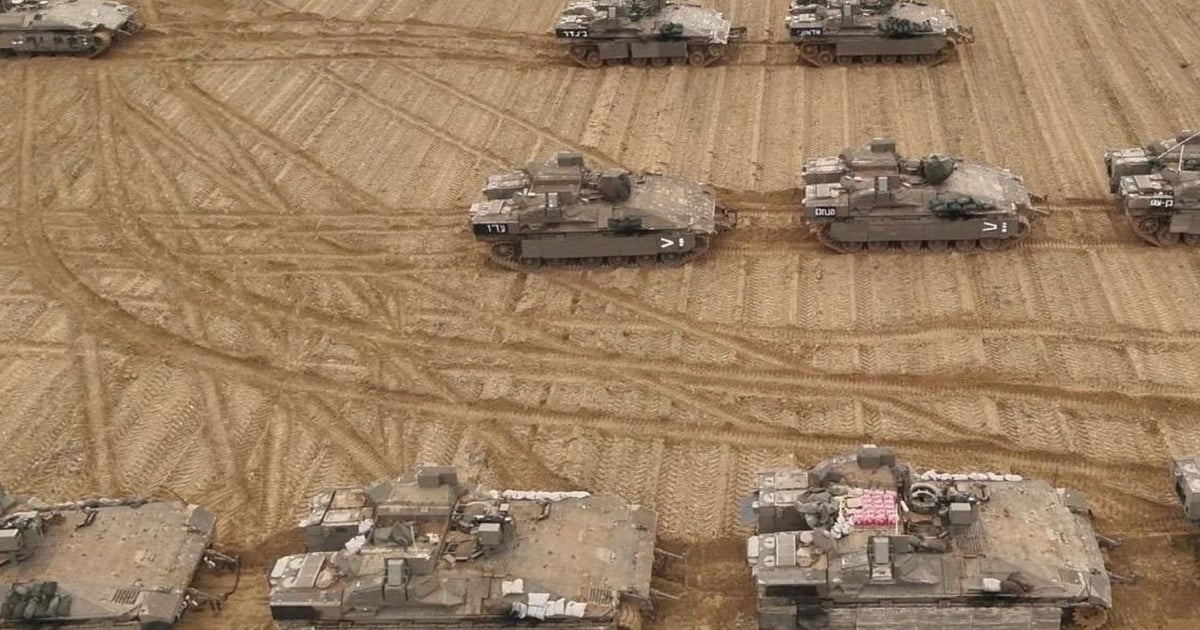
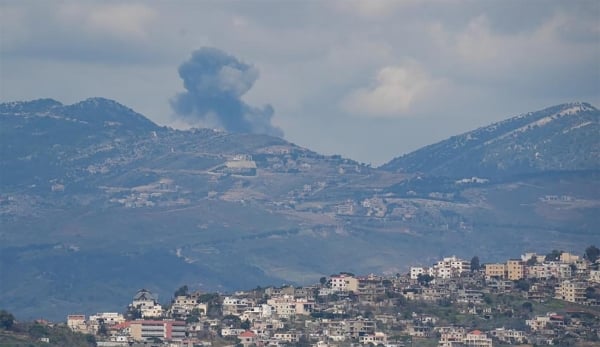
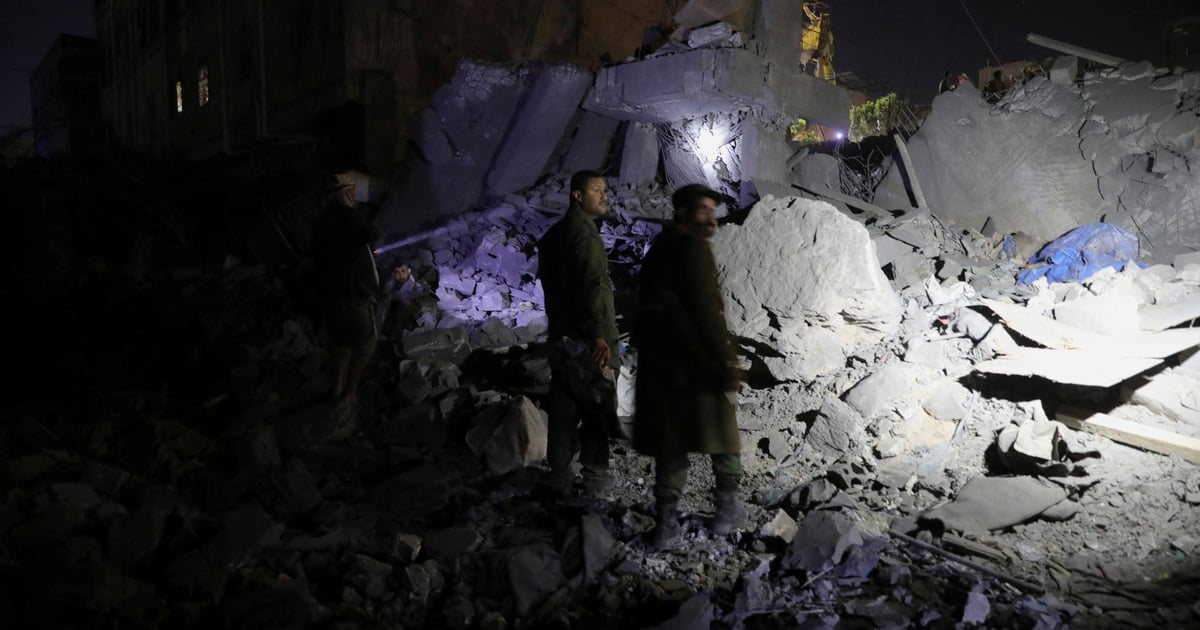
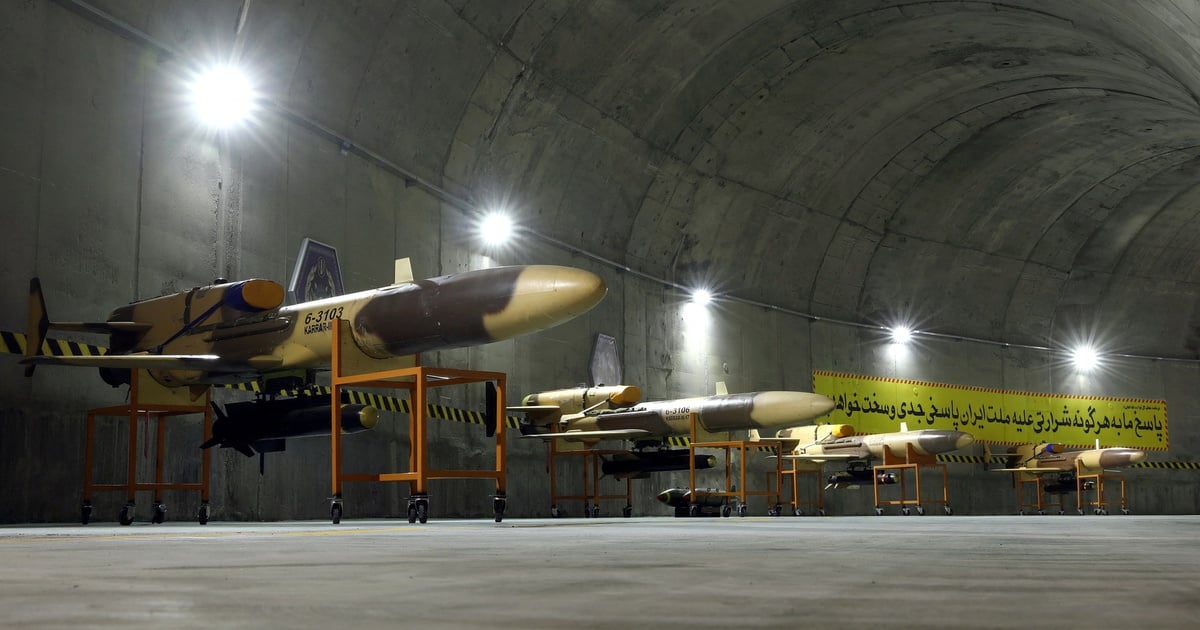
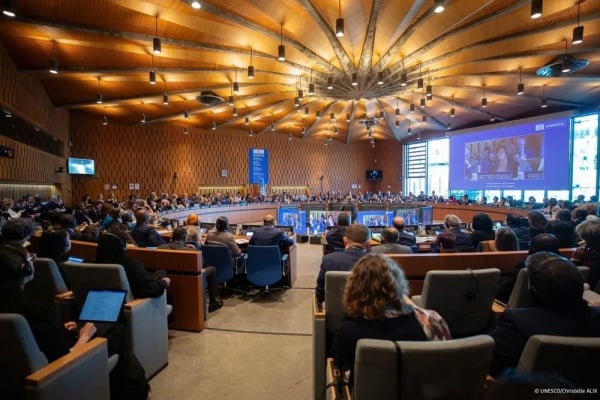
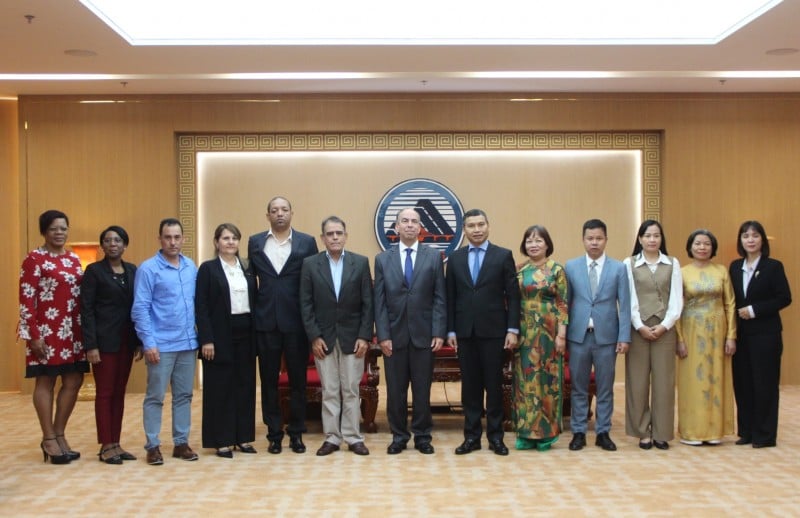
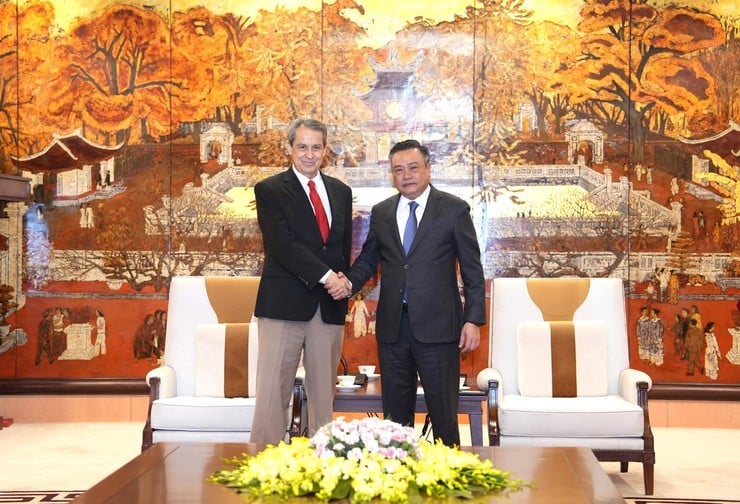
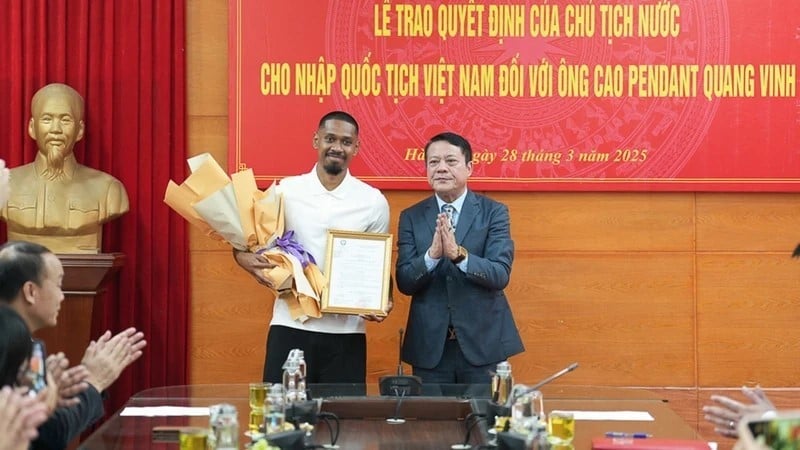
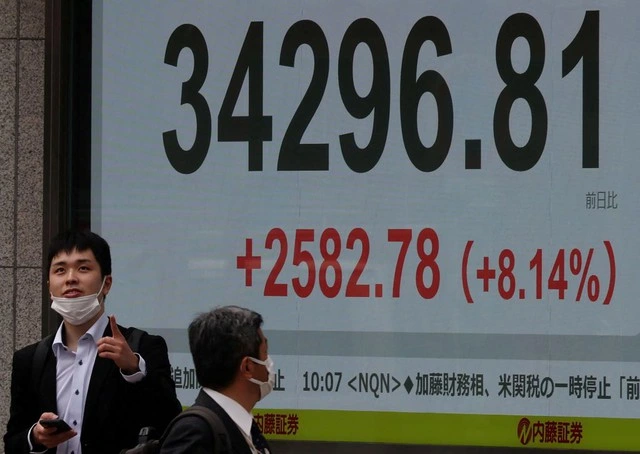
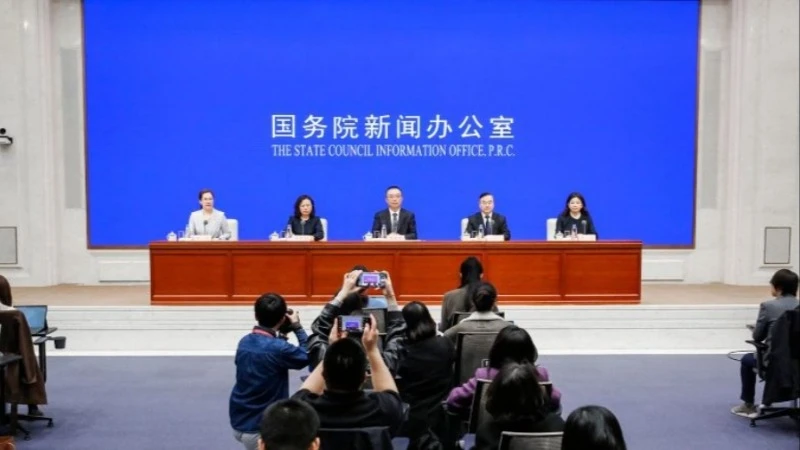


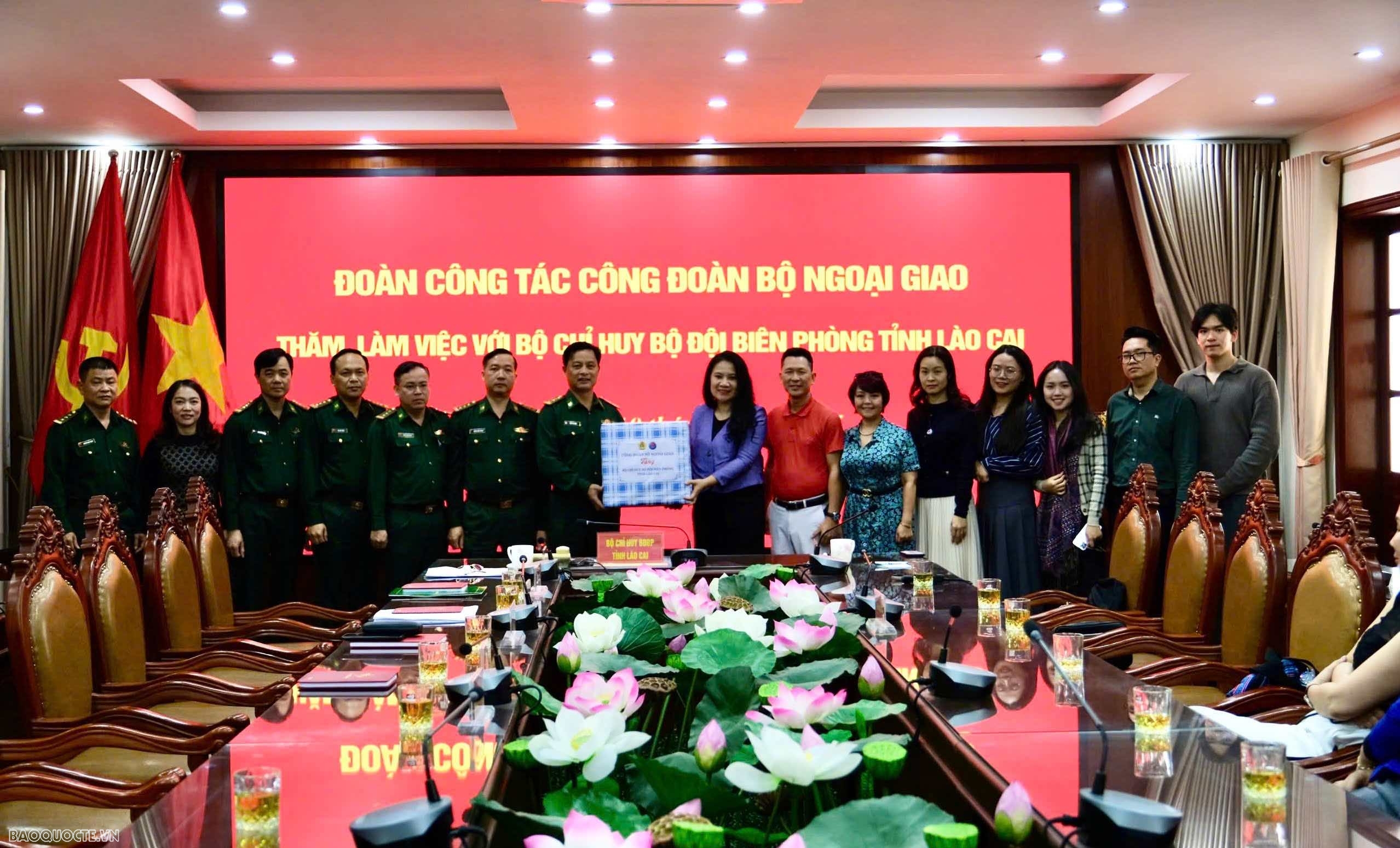
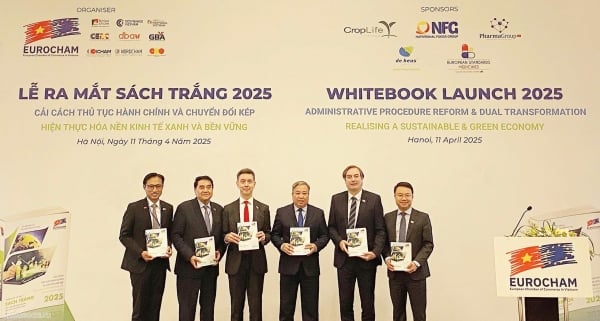
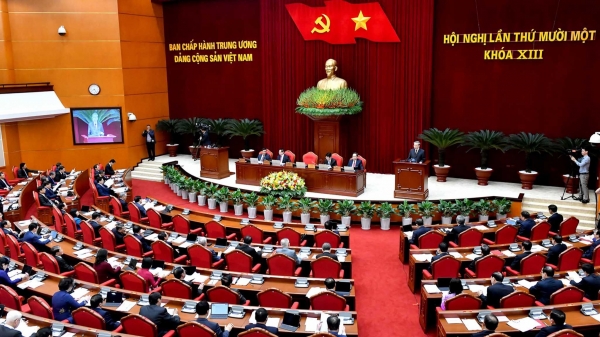


![[Photo] Summary of parade practice in preparation for the April 30th celebration](https://vstatic.vietnam.vn/vietnam/resource/IMAGE/2025/4/11/78cfee0f2cc045b387ff1a4362b5950f)
































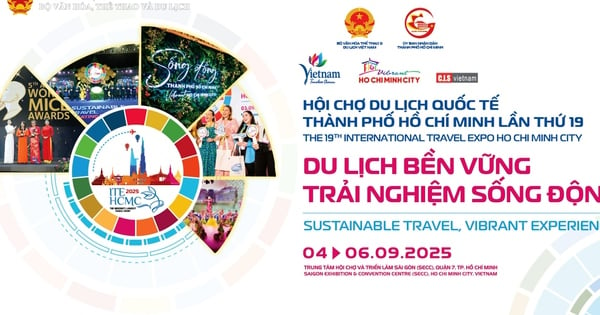

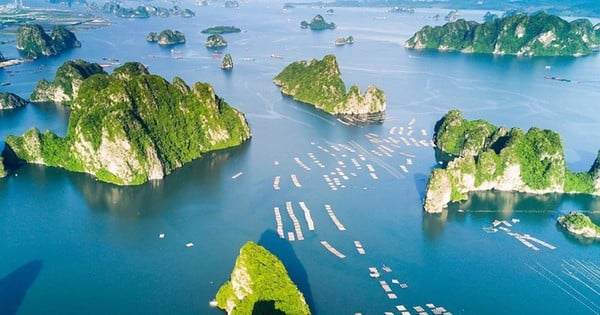






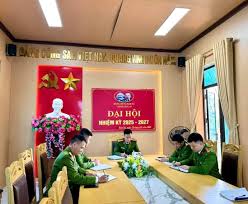
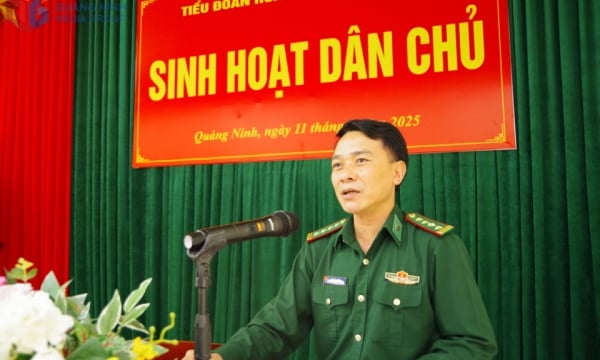
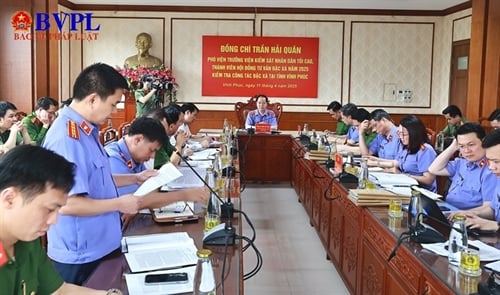
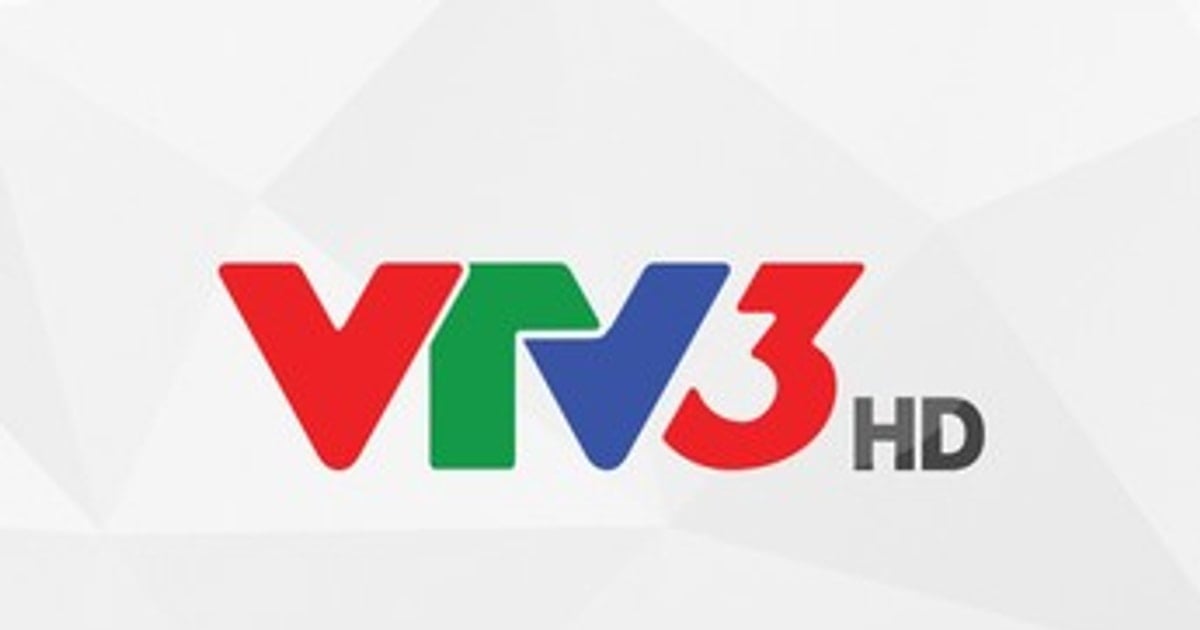


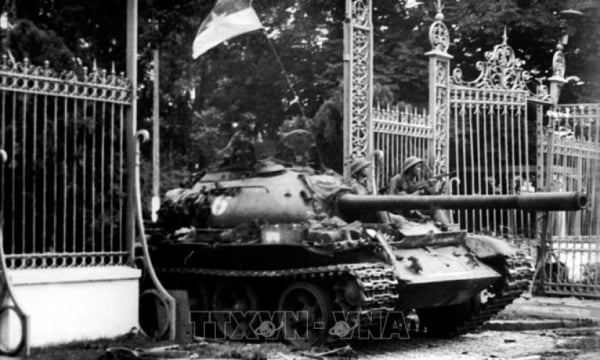











Comment (0)